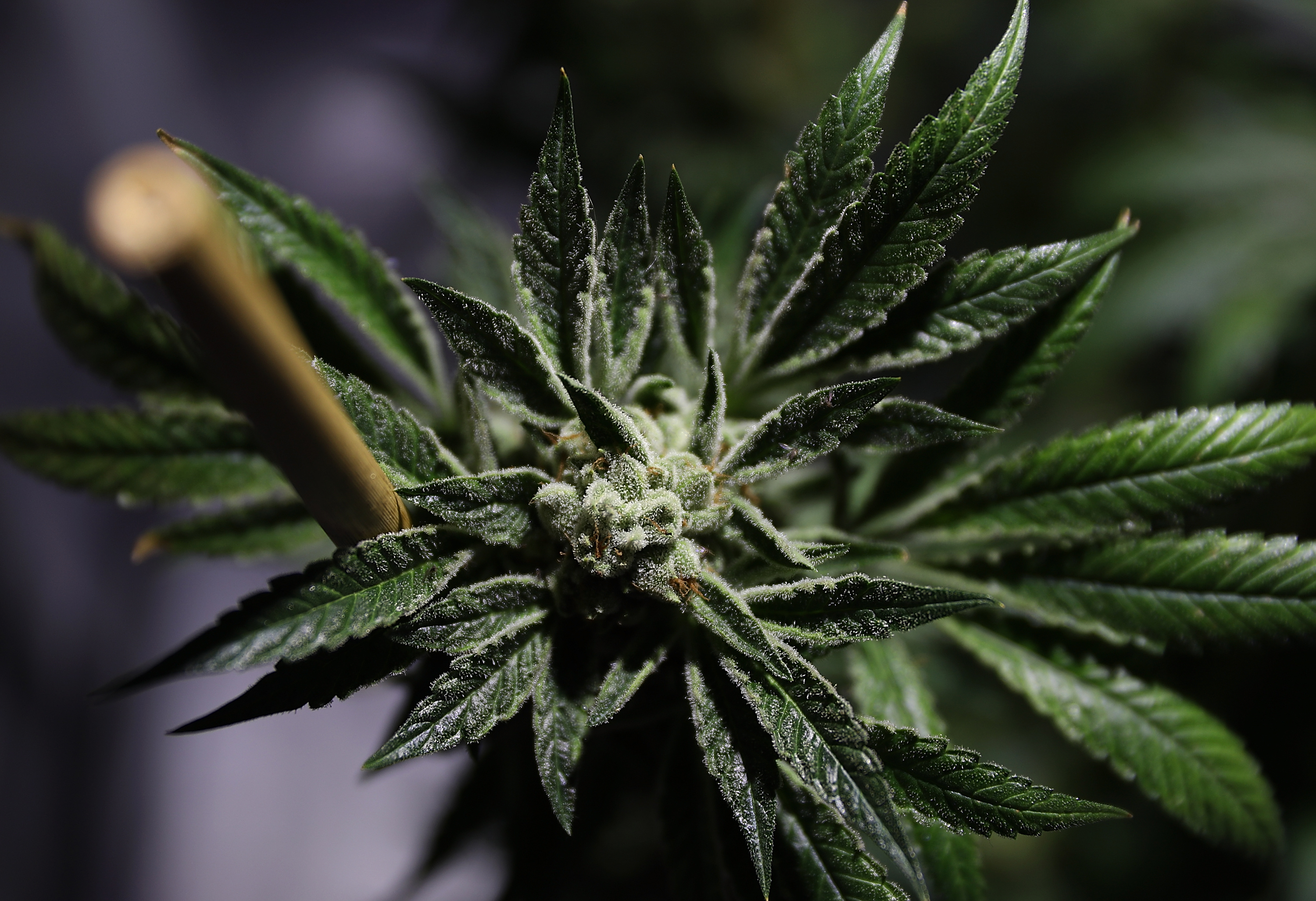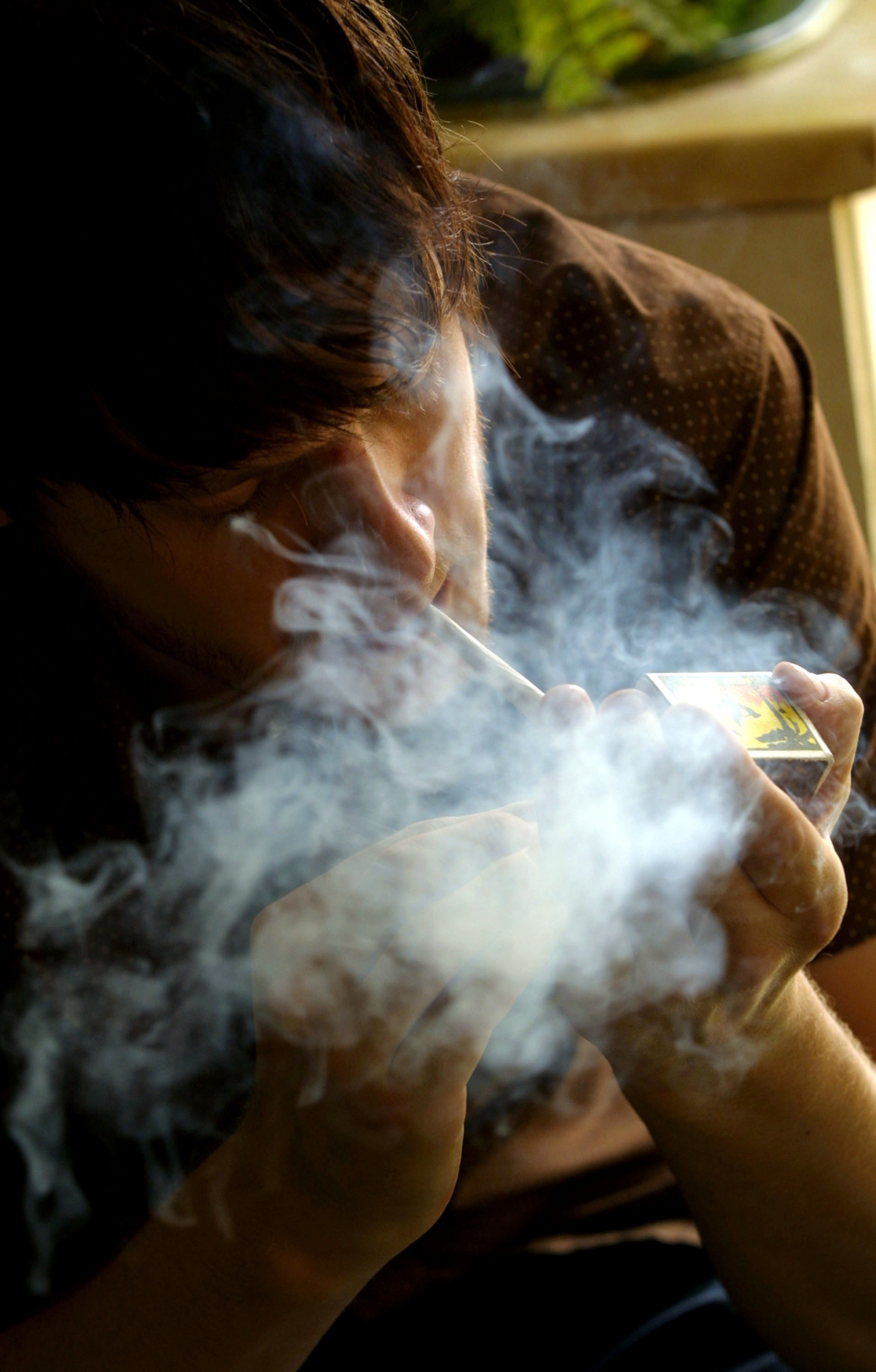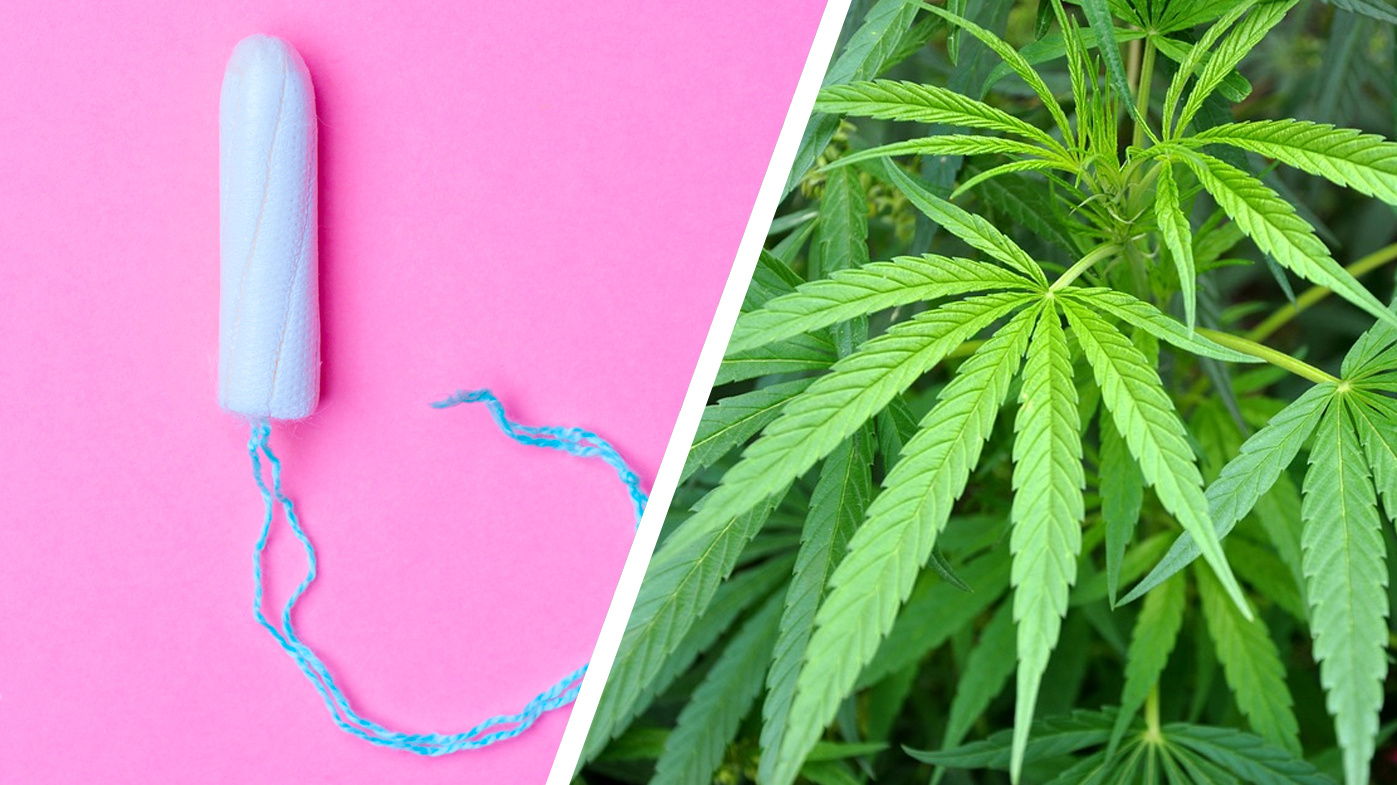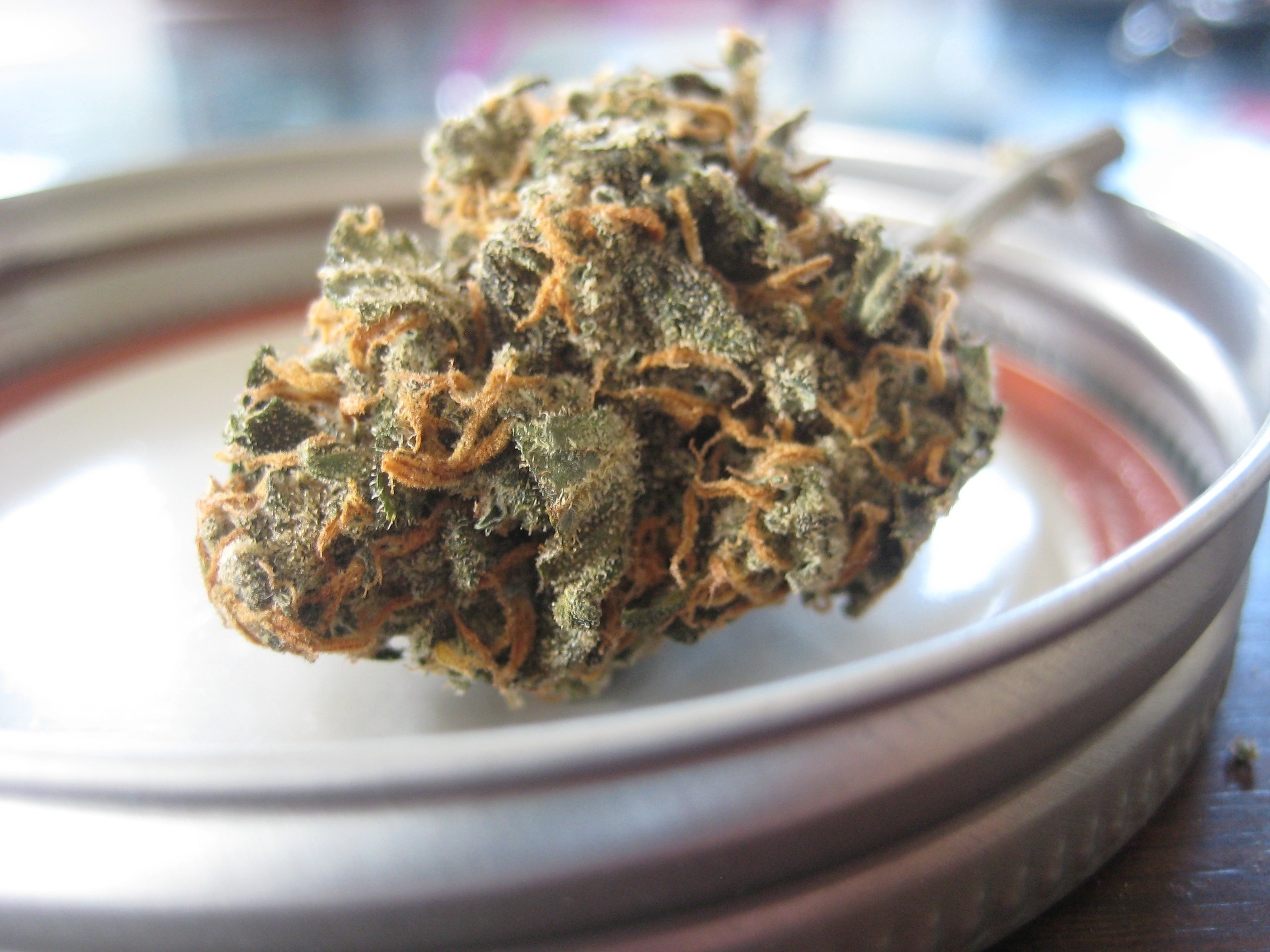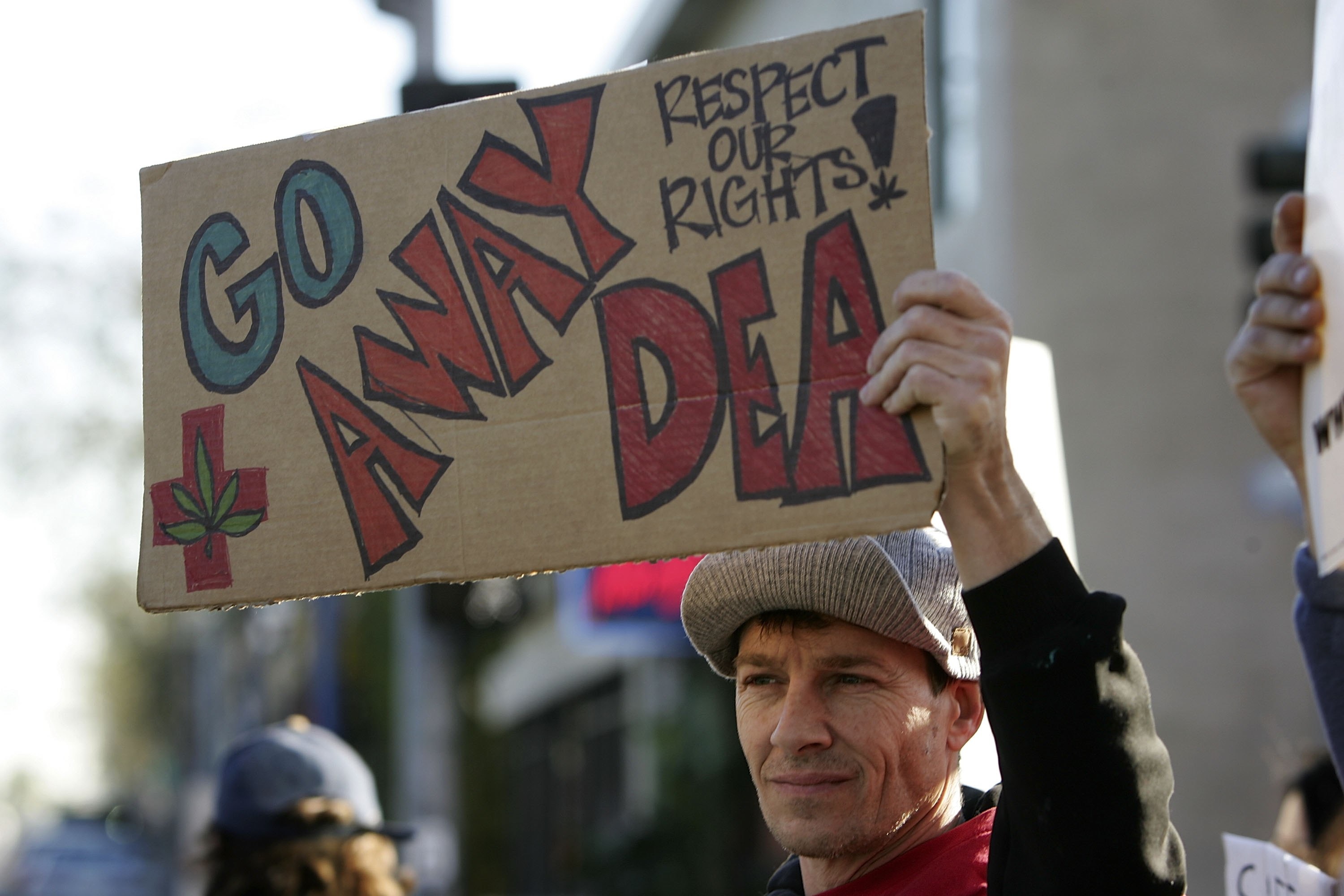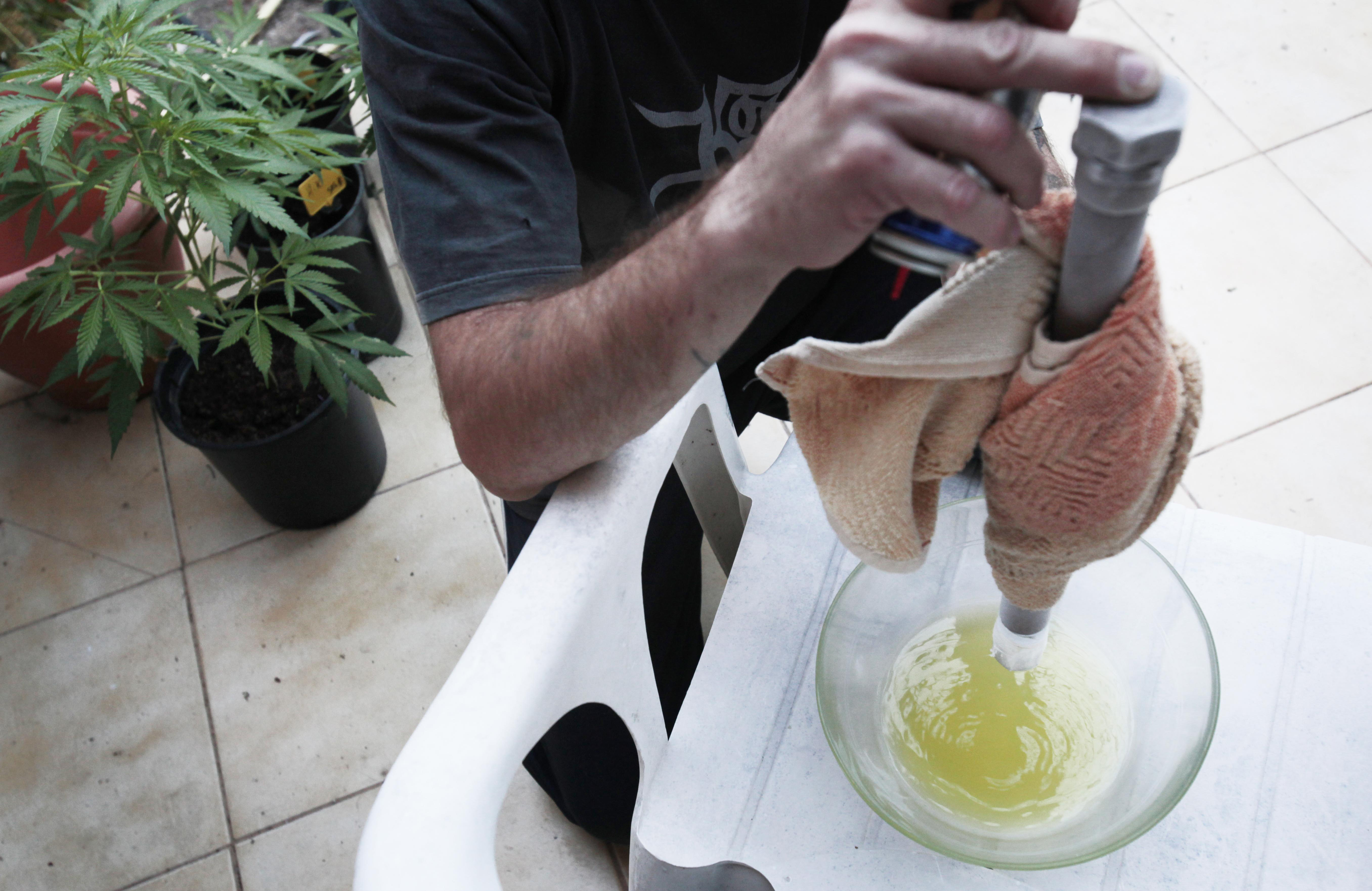cannabis
While many people don’t think its all that bad, a new study suggests you should lay off while expecting.
That’s not frankincense you smell at the “holy of the holies.”
A new study on rats suggests that using marijuana as an adolescent “reprograms the initial behavioral, molecular, and epigenetic response to cocaine.”
Thousands of people are experiencing severe pulmonary issues from vaping, and some are dying.
Tens of millions of Americans consume cannabis regularly. They’re likely ingesting high levels of toxins. Only the federal government has the power and the resources to protect them.
A recent Colorado study of ER visits is alarming medical professionals.
They cost about $11 and contain 60mg of THC, the main psychoactive component of marijuana, and 10mg of CBD.
Canada’s recreational marijuana industry might not be poised to meet demand in the first year of legal sales, according to some experts.
With the approval of a childhood epilepsy medication the federal government can no longer claim marijuana has no medical benefit.
A new study investigates if pot smokers outperformed nonsmokers in creativity.
A Midwestern university has created a first-of-its-kind program in medicinal plant chemistry that focuses on marijuana.
Researchers find the drug least likely to send you to emergency room.
A new report shows the marijuana industry is poised to have a major economic impact.
PTSD develops after a person experiences, or is a witness to, a life-threatening or traumatic event — a natural disaster, for example — or is exposed to combat, or sexual […]
Studies have shown that cannabidiol (CBD) can help with epilepsy, heart disease, diabetes, and even schizophrenia.


